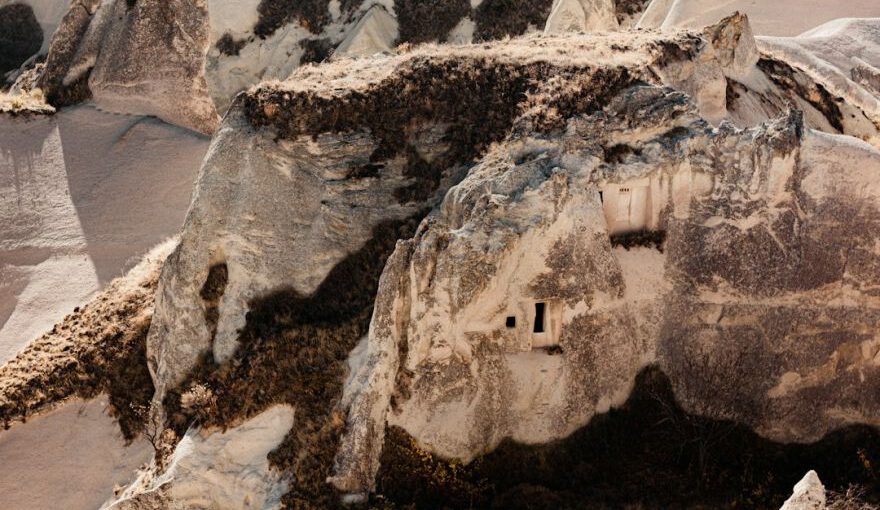Cappadocia, a region in central Turkey, is known for its unique and stunning landscapes. From fairy chimneys to underground cities, Cappadocia is a treasure trove of geological wonders. However, one of the most fascinating aspects of this region is its ancient volcanoes. These volcanic formations have shaped the landscape and created a sight that is truly a geologist’s dream.
Formation of the Volcanoes
The volcanic activity in Cappadocia dates back millions of years. The region was once a hotbed of volcanic activity, with numerous eruptions occurring over time. These eruptions were caused by the movement of tectonic plates beneath the Earth’s surface. As the molten rock, or magma, made its way to the surface, it created volcanic vents and fissures. The magma then solidified, forming the volcanic formations we see today.
The Fairy Chimneys
One of the most iconic features of Cappadocia’s volcanic landscape is the fairy chimneys. These tall, cone-shaped rock formations are the result of millions of years of erosion. The volcanic ash and tuff, a type of volcanic rock, were easily eroded by wind and water, leaving behind these striking formations. The harder rock on top protected the softer rock underneath, creating these unique chimney-like structures. Some of these fairy chimneys even have ancient cave dwellings carved into them, adding to their historical significance.
The Underground Cities
Another fascinating aspect of Cappadocia’s volcanic past is the presence of underground cities. These cities were carved into the soft tuff rock, providing shelter and protection for the inhabitants. The volcanic ash and tuff, which were easily excavated, made it possible for the people of Cappadocia to create elaborate underground networks. These cities were not only used for habitation but also as a means of defense during times of conflict. Today, visitors can explore these underground cities and marvel at the ingenuity of those who lived in them.
The Geological Layers
Cappadocia’s volcanic landscape is also a treasure trove for geologists studying the Earth’s history. The layers of volcanic ash and tuff provide a glimpse into the region’s past. By studying these layers, geologists can determine the age of the volcanic activity and gain insights into the geological processes that shaped the landscape. Each layer tells a story, revealing the ebb and flow of volcanic eruptions over millions of years.
The Colors of Cappadocia
One of the most striking features of Cappadocia’s volcanic formations is the array of colors they exhibit. From deep reds to vibrant oranges, the rocks in Cappadocia display a stunning palette. These colors are a result of the minerals present in the volcanic ash and tuff. Iron, for example, can give the rocks a reddish hue, while manganese can create shades of purple. The combination of these colors, along with the unique shapes of the formations, creates a visually captivating landscape.
Preserving Cappadocia’s Volcanic Heritage
Preserving the volcanic heritage of Cappadocia is of utmost importance. The unique geological formations are not only a sight to behold but also provide valuable insights into the Earth’s history. Efforts are being made to protect and conserve these formations, ensuring that future generations can continue to marvel at their beauty and learn from their geological significance. It is essential to strike a balance between tourism and conservation to ensure the long-term sustainability of Cappadocia’s volcanic heritage.
In conclusion, Cappadocia’s ancient volcanoes are a geologist’s dream. From the fairy chimneys to the underground cities, these volcanic formations tell a story of the Earth’s past. The layers of volcanic ash and tuff, the stunning colors, and the unique shapes all contribute to the allure of this region. By preserving and studying these formations, we can gain a deeper understanding of the Earth’s geological processes and appreciate the natural wonders that Cappadocia has to offer.





